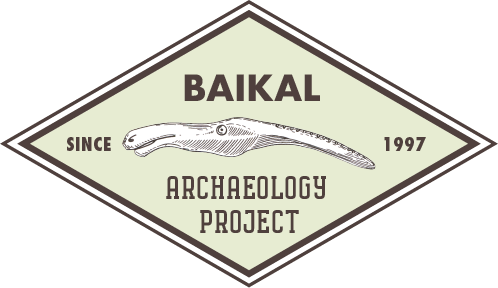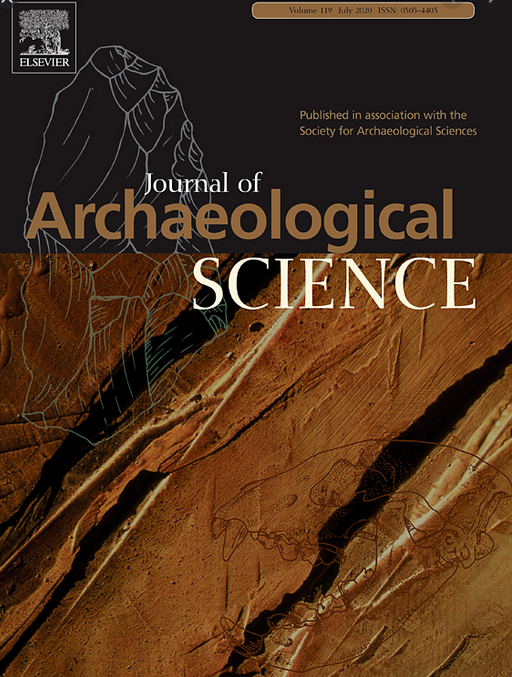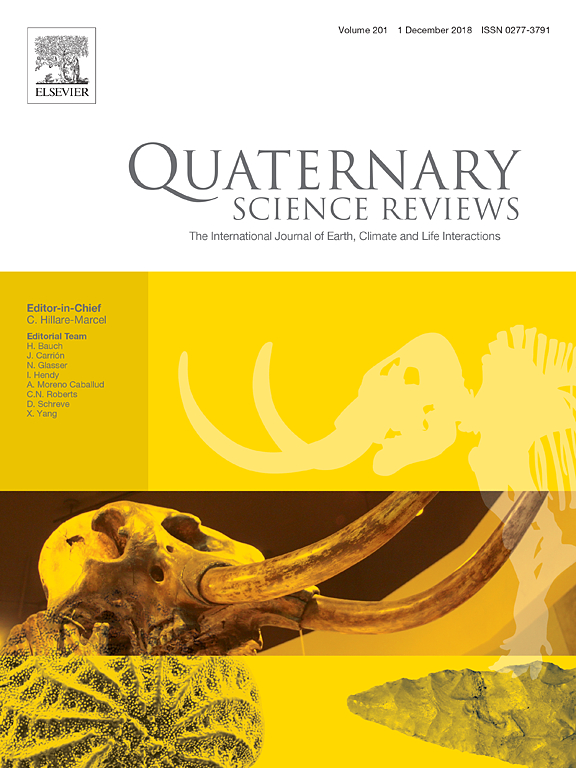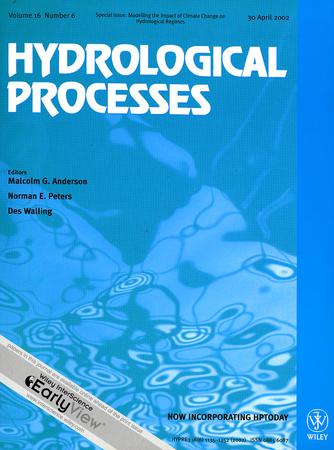Archaeological Research in Asia December 2020
Resource processing, early pottery and the emergence of Kitoi culture in Cis-Baikal: Insights from lipid residue analysis of an Early Neolithic ceramic assemblage from the Gorelyi Les habitation site, Eastern Siberia
Bondetti M, Lucquin A, Savel'ev NA, Weber AW, Craig OE, Jordan PD
In the early Holocene, Mesolithic hunter-gatherer communities inhabiting the Cis-Baikal region of Eastern Siberia were participating in a series of important cultural changes. These included the establishment of large cemeteries in the Angara Valley and on the Southwest shores of Lake Baikal, culminating in the formation of the distinctive Early Neolithic Kitoi cultural pattern ca. 7560 cal. BP. Around the same time, the appearance of clay pots in a few Kitoi graves and at some contemporary habitation sites marks [...]








